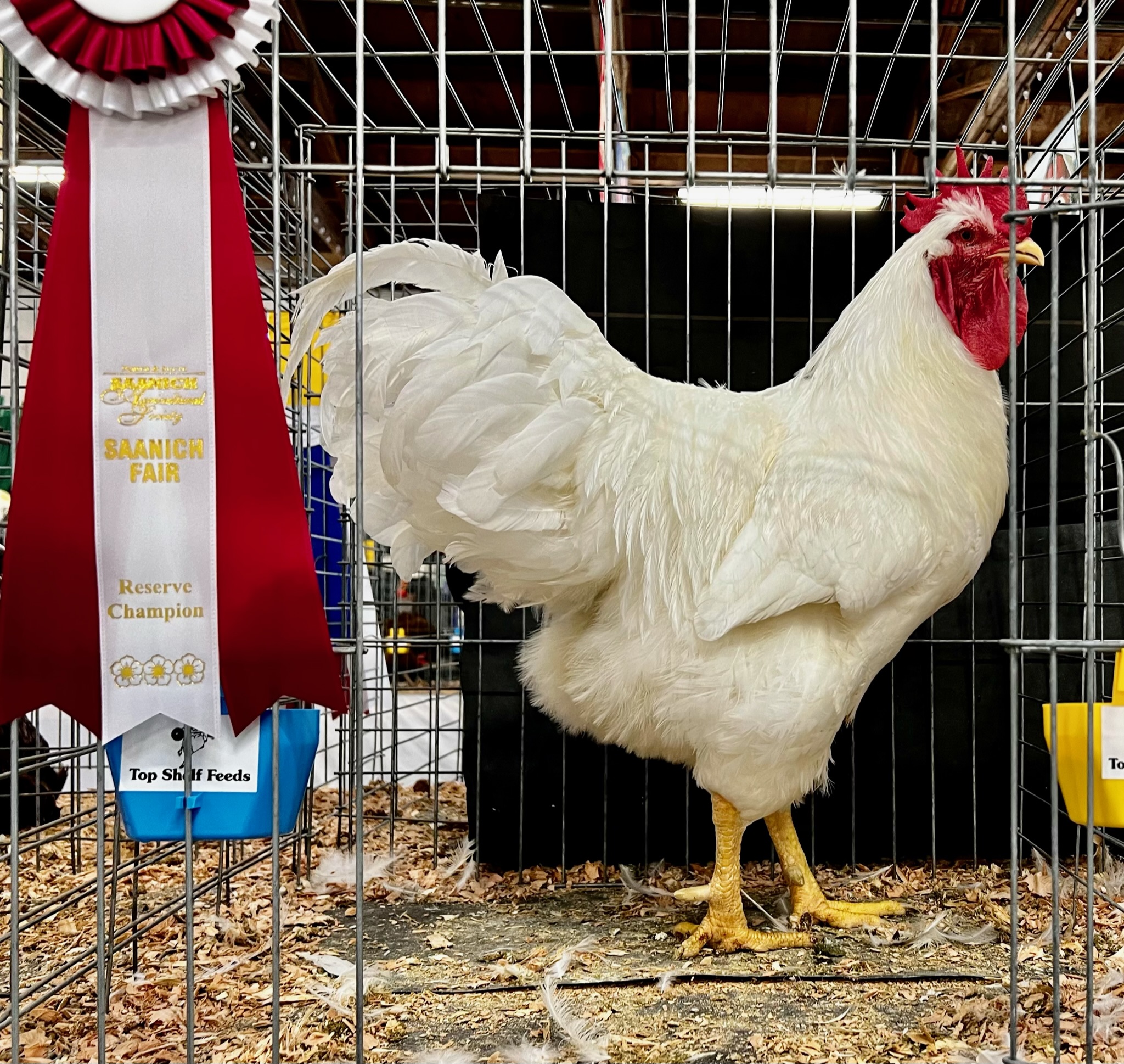Exhibition Poultry: Looking Back at 45 Years
This article on looking back at the past 45 years of exhibition poultry is being republished from Acorn Hollow Bantams website with permission from Lou Horton.
2012 was a trying year in our household. In late September, I got up in the morning to find my legs were wobbly and by nine o’clock that evening, I was taken to the hospital with my legs almost completely paralyzed. The diagnosis was Guilian Barre Syndrome and for several months, I had real doubts about whether I would ever be mobile enough again to carry on a hobby which I had pursued and loved since my teens: breeding and showing exhibition poultry. One never really knows how much something means until one is faced with losing it. After spending six weeks in the hospital, I came home in a wheel chair; unable to even get to my birds, much less care for them.
My situation got me to thinking about all of the changes I have witnessed in the exhibition poultry fancy over the last four decades. I thought about the wonderful breeders I had known who are no longer with us and who simply are not replaceable. People like John Kriner, Al Barry (one of my primary mentors), Elton and Wilbur Stauffer, Rolla Henry, Henry Miller, Marcus Davidson, Graham Oakford, Oscar Grow (both major influences on me), and so many others. Many readers will not recognize most of these names and that is a shame since most of those men left little written behind to let future generations of poultry breeders share their tremendous wisdom and experience. Oscar Grow is the exception and if waterfowl breeders do not already own his Waterfowl Management and Breeding Guide, they certainly should. Marcus Davidson also left us some of his expertise in the form of a few articles on the breeding of the Buff color. He raised virtually all of the breeds of chickens which had Buff varieties and undoubtedly had more knowledge about breeding good Buffs than we will know today. In the late 1960s, almost all of the information on poultry and waterfowl in written form had to be gleaned from old and out-of-print books which were both hard to obtain and, in many cases, hopelessly out of date. Today there is a wealth of information to be had not only from current books and publications but from the internet as well.

Perhaps people who are relatively new to exhibition fowl would be interested in the many changes I have noticed in the hobby over the time since 1967 when I attended my first major shows. One of the biggest differences between the late 1960s and today is the ratio of large fowl, bantams, and waterfowl which make up the shows. Large fowl comprised perhaps fifty percent of most shows back then with waterfowl (including large ducks, bantam ducks, and geese) and bantam chickens making up the other fifty percent. At the time, Calls, East Indies, etc. were seldom referred to as “bantam ducks” since it was not until the late 1970s that the ABA attempted to goose up ABA membership and the numbers of bantams in shows by including the small ducks as one of the ABA categories of bantams.
Today, of course, the smallest of the three groups at most shows are the large fowl. I suppose that the reasons for that decline include the loss of so many breeders including those “string men” who went from fair to fair over the summer months with hundreds of birds in most varieties and breeds. They not only kept many breeds of both chickens and waterfowl before the public but the sales of birds as their show season for the year ended enabled many would-be poultry raisers all over the country to get a start.
I am sure, however that the reason for decline also involves the economics of keeping the big birds. It normally costs substantially more to house and feed a large bird (including all the waterfowl but the bantam ducks) than it does to house and feed a bantam. It is also possible to keep bantams on smaller properties than is to properly do so for large fowl of any kind.
The bottom line is that most breeds of large chickens and large ducks and geese have fewer actual breeders supporting and improving them today. The poultry fancy is certainly the poorer for their decline and many breeds are in a much more fragile state than we realize.
By Lou Horton
